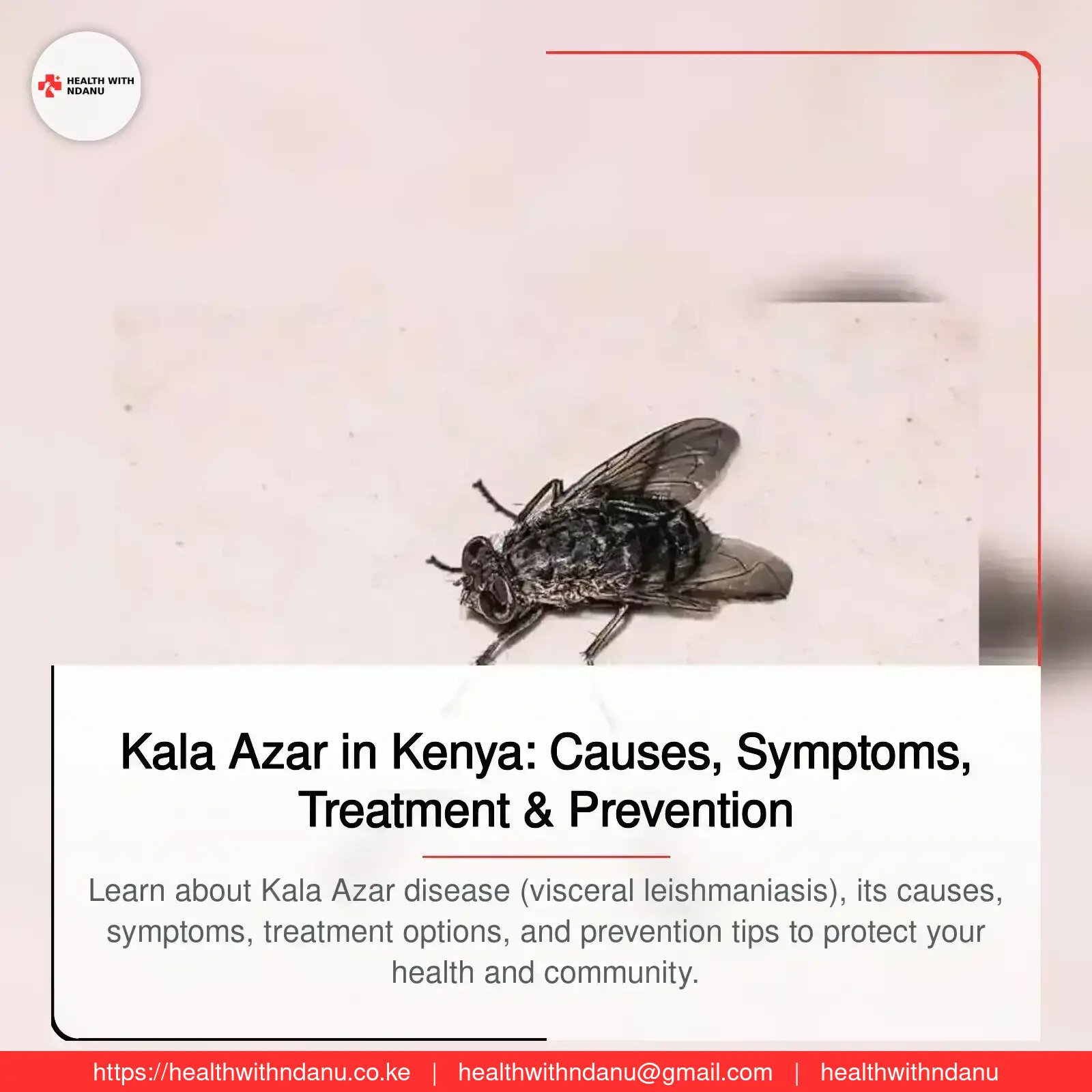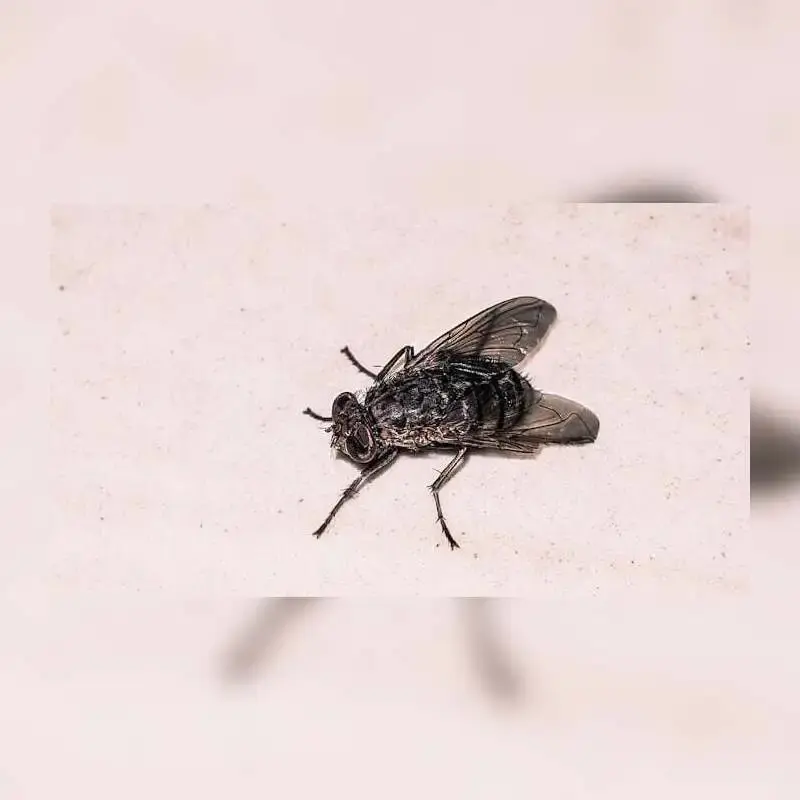Kala Azar in Kenya: Causes, Symptoms, Treatment & Prevention
- by Diana Ndanu
- 20 March, 2025
- 0 Comments
- 3 Mins



Introduction
Kala Azar, also known as visceral leishmaniasis, is a serious and potentially fatal disease caused by parasites called Leishmania donovani. It is transmitted to humans through the bite of infected female sandflies. Kala Azar is common in tropical and subtropical regions, including parts of East Africa, South Asia, and Latin America.
In this article, we will explore the causes of Kala Azar, its common symptoms, treatment options, and important prevention tips to protect yourself and your community.
What Causes Kala Azar?
The main cause of Kala Azar is the bite of an infected sandfly. Once the parasite enters the body, it attacks internal organs such as the liver, spleen, and bone marrow. Risk factors include living in areas where the disease is common, poor housing conditions, and weakened immune systems.
Common Symptoms of Kala Azar
Early detection is key to treating Kala Azar successfully. The disease may take weeks or months to show symptoms after infection. Some of the common Kala Azar symptoms include:
- Prolonged fever
- Weight loss
- Enlarged spleen and liver (swelling in the abdomen)
- Fatigue and weakness
- Loss of appetite
- Anemia (pale skin and weakness)
If left untreated, Kala Azar can be fatal. It is important to seek medical care if you or someone you know experiences these symptoms.
Treatment of Kala Azar
Kala Azar is treatable with proper medication. Health professionals typically recommend antiparasitic drugs such as Amphotericin B or Miltefosine. In some cases, hospitalization is needed for advanced stages of the disease.
Early treatment greatly reduces the risk of complications and death. Follow-up care is also essential to monitor the patient's recovery.
Prevention of Kala Azar
Prevention mainly focuses on reducing the risk of sandfly bites and controlling the sandfly population. Here are some effective Kala Azar prevention tips:
- Sleep under insecticide-treated bed nets, especially in endemic areas.
- Use insect repellents on exposed skin.
- Wear long-sleeved clothing and pants in sandfly-prone areas.
- Improve housing conditions to keep sandflies out.
- Participate in community-based sandfly control programs, such as spraying insecticides.
Kala Azar in Kenya and Other Endemic Regions
In Kenya, Kala Azar mostly affects arid and semi-arid regions such as Baringo, Turkana, and West Pokot counties,Wajir. Outbreaks can occur when people move to or work in high-risk areas without proper protective measures.
Public health campaigns, early detection, and sandfly control programs are key to reducing Kala Azar cases in these regions.
Final Thoughts
Kala Azar is a preventable and treatable disease if identified early. Protecting yourself from sandfly bites, recognizing the symptoms, and seeking medical treatment promptly can save lives. Share this information with your family and community to help combat Kala Azar and other neglected tropical diseases.
Got Your Own Experience? Share with us
Popular Categories
Mablogu Zinazobambwa Sana
Daily Newsletter
Get all the top stories from Blogs to keep track.



